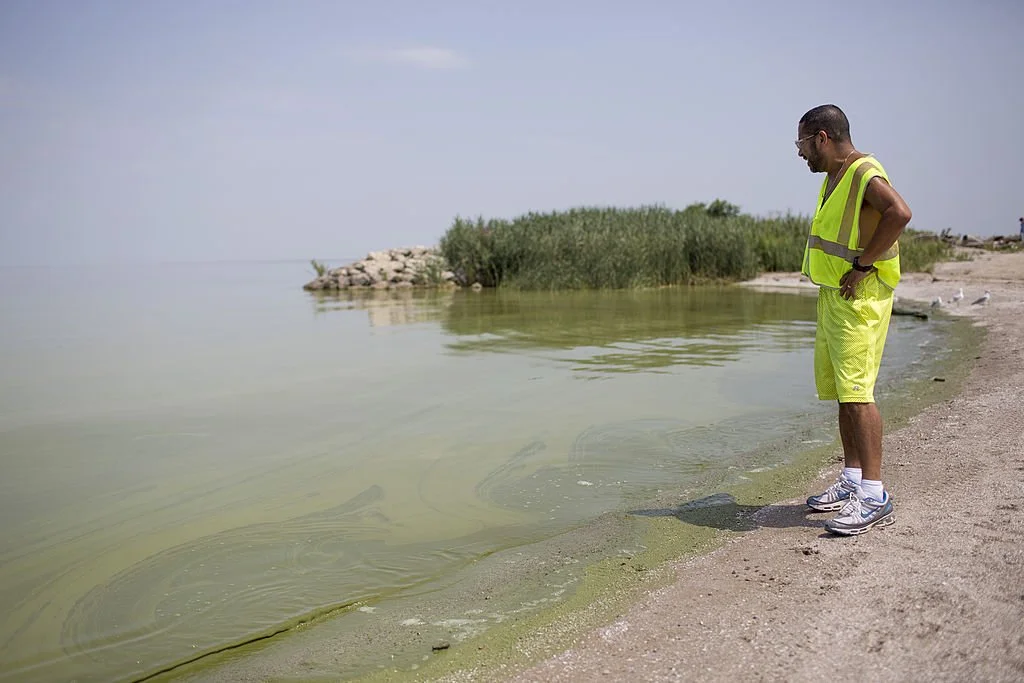For the past few years, my firm Scioto Analysis has published a series of studies of Ohio’s Genuine Progress Indicator, a “GDP+” measure that monetizes the impact of environmental damage and external social benefits and costs of nonmarket activity in the state.
One of the biggest takeaways we’ve found year after year from doing this study and comparing Ohio’s results to those in other states is how poorly Ohio stacks up when it comes to water quality. Lower water quality means less opportunities for residents to fish, boat, and swim and can lead to negative health impacts and loss of biodiversity, all of which exact costs on the residents of a state.
While the average state had a typical resident bearing about $139 in costs in 2011 (the most recent year we have state-by-state Genuine Progress Indicator data for), the average Ohioan bore $219 in costs, a rate more than 50% higher than that in other states.
Ohio tends to be pretty middle-of-the-road with most indicators, so this sort of exceptionally large problem should be an area of concern for policymakers, especially those who care about environmental protection and those who have districts that benefit from lake and river tourism.
Top policymakers in the state including the governor and legislative leaders have identified harmful algae blooms as a policy priority and have passed some legislation to reduce fertilizer runoff. At the same time they have shied away from a fertilizer tax that leading state economists endorse as a solution for reducing fertilizer runoff and thus algae blooms.
Most recently, the legislature has been considering a bill that could exacerbate Ohio’s problems with water quality. House Bill 175, passed by the Ohio House last month, would exclude streams and pools that appear during rainstorms from water pollution control programs, specifically eliminating their requirement to undergo water quality certification review in order to reduce the cost of development associated with building around these streams and pools.
It is easy to see why this sort of legislation is attractive to policymakers. Those worried about the cost of development see this as a tool the public sector can wield to reduce a cost for development. Those who are interested in development of more affordable housing should see reason to reduce barriers to development that can increase the supply of housing and thus stabilize increases in the cost of housing.
That being said, the $5 water quality certification review fee per linear foot of stream to be impacted is not likely to have a massive impact on whether a development can happen or not. Also, though the magnitude of the problem is hard to ascertain, the reduction in water quality review will likely have some negative impacts on water quality. If these “ephemeral features” run fertilizer or chemicals into the water supply, they could contribute to the further degradation of a natural asset that Ohio already struggles to maintain.
Keeping costs of development low can be a worthy cause, but what do we lose in the process of doing it? Possible environmental damage needs to be balanced against the supposed benefits of such a policy.
This commentary first appeared in the Ohio Capital Journal.

